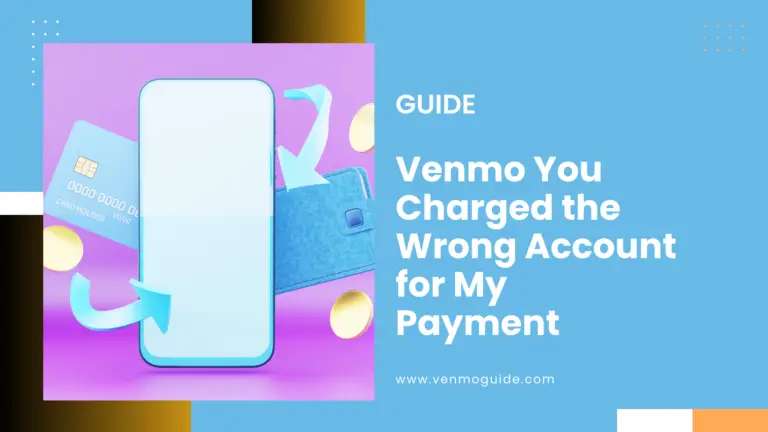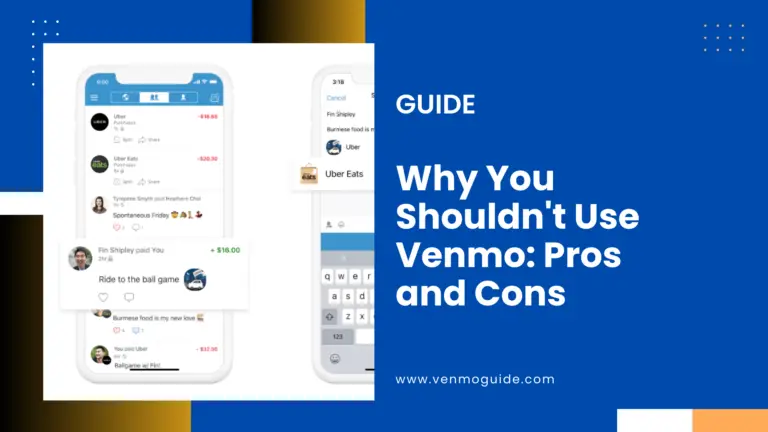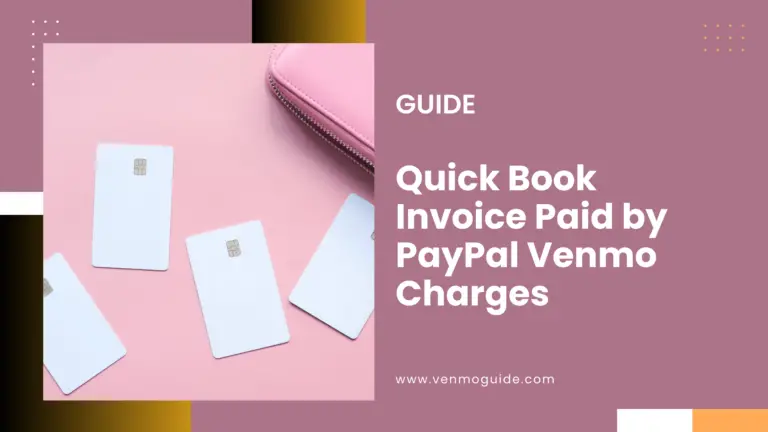Visa+ P2P Payments Now Offered by PayPal and Venmo: Set-Up Guide 2025
Visa P2P (peer-to-peer) payments are now supported by PayPal and Venmo, allowing users to send and receive money…
Venmo is a peer-to-peer payment app that allows you to easily send, spend, save, and invest your money. Here’s everything you need to know about Venmo.

Visa P2P (peer-to-peer) payments are now supported by PayPal and Venmo, allowing users to send and receive money…

Venmo Profile Picture To Add/ Change Venmo Profile Picture: 1. Open the Venmo app 2. Tap the three…

How to Get $750 Venmo Flash Rewards? Venmo Flash Rewards offers users the chance to earn rewards or…

A Venmo reminder notification are alert sent by Venmo to prompt a user to complete a pending payment…

If you encounter a “Venmo Log In Error Page Not Found ” and “Page Not Found” error when logging into Venmo:
Check URL: Ensure you’re visiting venmo.com and not a misspelled or outdated link.
Clear Cache: Clear your browser’s cache and cookies.
Try a Different Browser: Switch to another browser or device.
Update App: If using the mobile app, ensure it’s updated to the latest version.
Contact Support: If the issue persists, contact Venmo’s customer support for assistance.

To sell Ethereum (ETH) on Venmo from a PC, log in to venmo.com, go to the “Crypto” section, select Ethereum, enter the amount you wish to sell, and confirm the transaction. Note that full functionality may require using the Venmo mobile app.

To manage your ETH (Ethereum) address effectively on Venmo:
Add ETH to Your Portfolio:
Go to the “Crypto” tab in the Venmo app.
Select “Buy” and choose Ethereum (ETH) to purchase.
View ETH Address:
Venmo does not currently provide individual wallet addresses for crypto. Your ETH is held in a custodial wallet managed by Venmo.
Monitor Transactions:
Keep track of your ETH transactions and portfolio performance in the “Crypto” tab.
Transfer or Withdraw ETH:
Venmo does not allow transferring ETH to external wallets yet. Keep your funds within the app or sell them back to USD.
Secure Your Account:
Enable two-factor authentication and use a strong password to secure your Venmo account.
Manage your ETH on Venmo by purchasing, monitoring, and securing your account.

If Venmo charged the wrong account for your payment, follow these steps:
Check Payment Details: Review the payment history in the Venmo app to confirm the account used.
Contact the Recipient: Request a refund from the recipient if the payment went through.
Update Payment Method: Go to “Settings” > “Payment Methods” to update or remove incorrect accounts.
Contact Venmo Support: Reach out to Venmo’s customer support via the app or website for assistance.
Address the issue quickly to prevent further incorrect charges.

You shouldn’t use Venmo for certain transactions due to the following reasons:
Limited Purchase Protection: Venmo offers little protection for buyers, making it risky for purchases from strangers.
Privacy Concerns: Transactions are public by default, potentially compromising your privacy.
Security Risks: Although Venmo uses encryption, account hacks can still happen, especially if you have weak passwords.
Unauthorized Business Use: Venmo is designed for personal use; using it for business without proper authorization may violate its terms.
Potential Fees: Fees can apply for instant transfers or credit card payments, increasing costs.

When a QuickBooks invoice is paid through PayPal or Venmo, transaction fees apply. PayPal typically charges 2.9% + $0.30 per transaction, while Venmo charges 3% for payments made with a credit card. These fees are automatically deducted from the payment amount before it is deposited into your account.